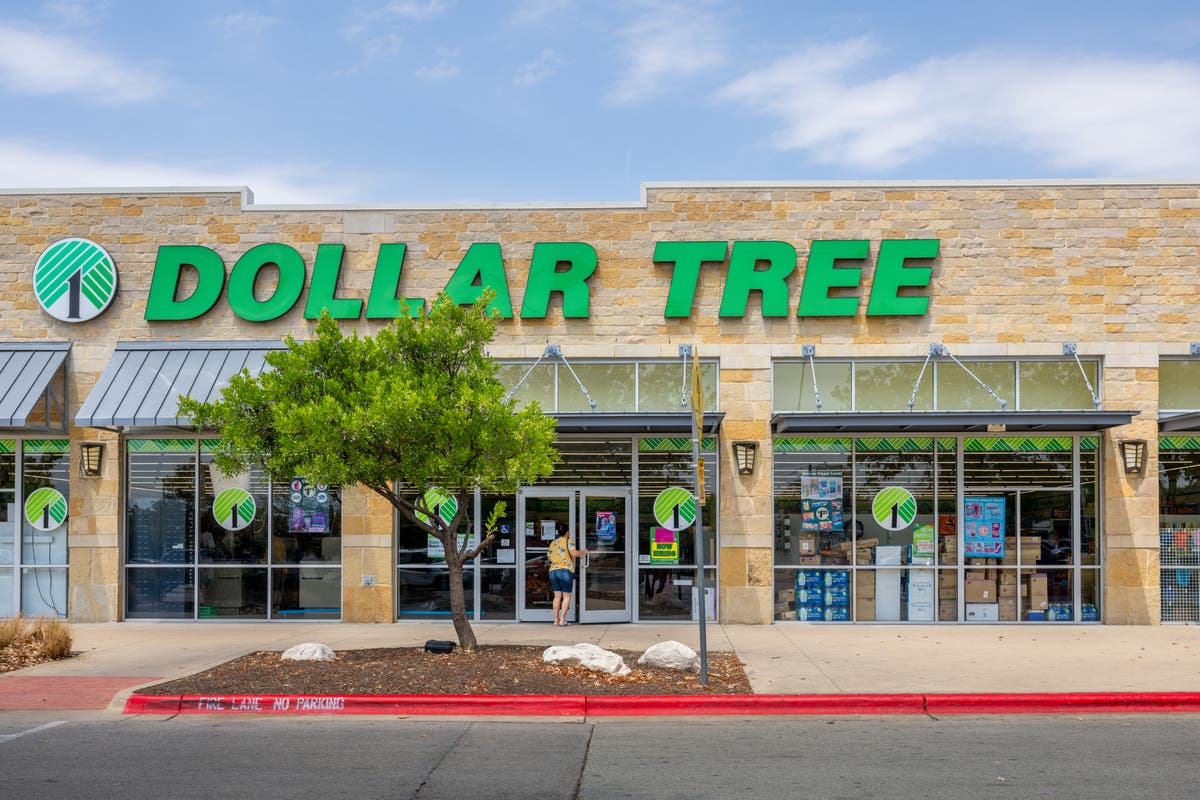Thousands of brick-and-mortar retail and dining storefronts are sitting empty in the wake of a tsunami of business closures across the US in recent months.
Inflation has beaten down consumers, forcing Americans — whose salaries have largely not kept pace — to rethink how and when they shop. This has pushed some already-struggling retailers and restaurants to the brink, sparking a rash of bankruptcies and the closures of nearly 3,200 store locations in 2024.
That represents a 24 percent increase in store closures over the same period in 2023, according to a CBS News analysis of data collected by retail tracker CoreSight.
While there are a few stores looking to expand — Dollar General is planning to open 800 new locations in 2024, and 7-Eleven will cut the ribbon on 270 US locations this year — there are 4 percent fewer location openings this year than when compared with 2023, according to CoreSight’s data.
Here’s a list of some of the major retailers and restaurants shutting down stores this year.
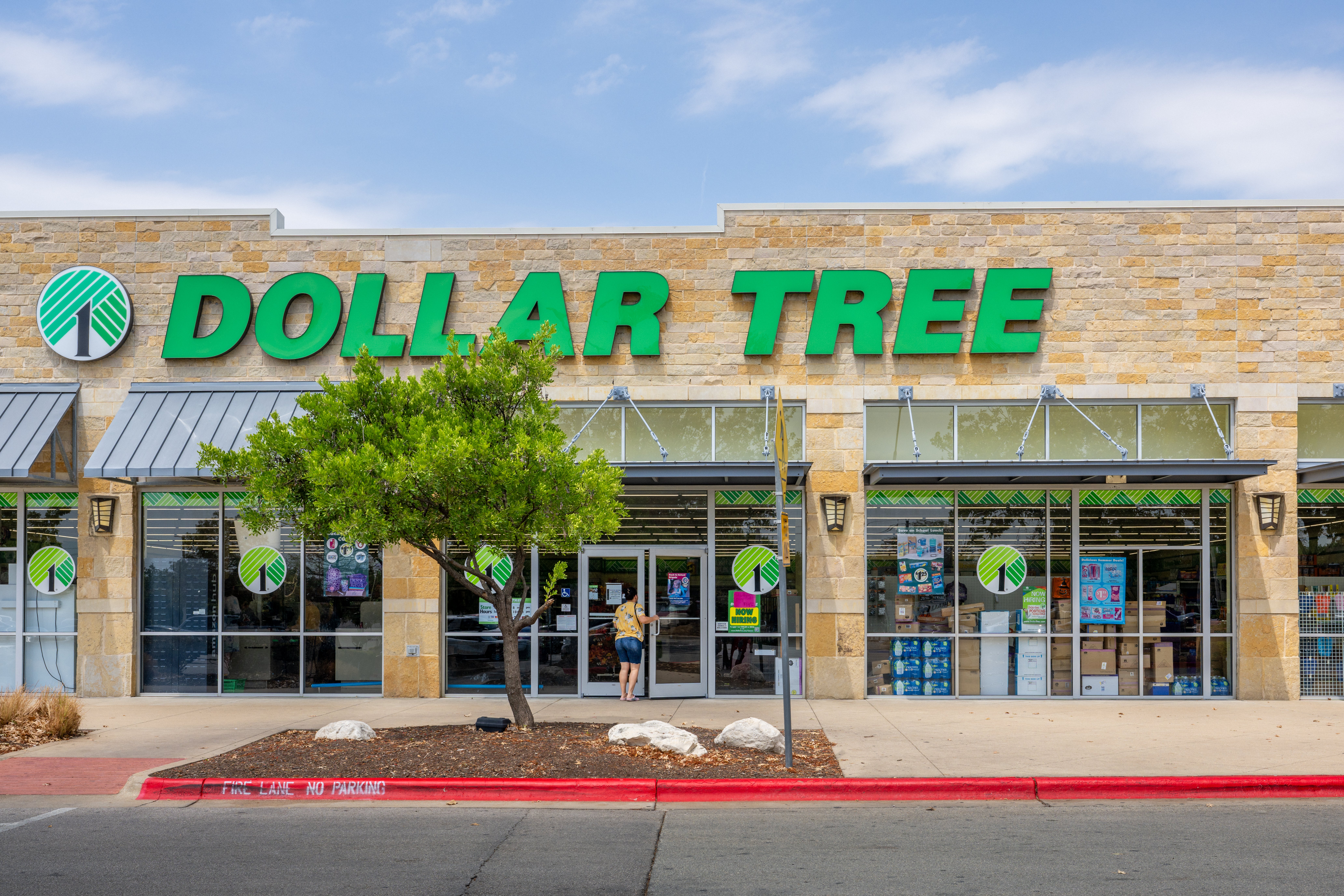
Dollar Tree/Family Dollar
Dollar Tree tops the list of stores closed, announcing earlier this year that it planned to shutter more than 600 Family Dollar locations by the end of 2024.
The discount goods store cited inflation and an increase in shoplifting losses for the closures.
“Persistent inflation and reduced government benefits continue to pressure the lower-income consumers that comprise a sizable portion of Family Dollar’s customer base,” the company’s CEO, Rick Dreiling, said, per CNN.
Family Dollar announced that it planned to close approximately 600 stores this year and another 370 in 2025.
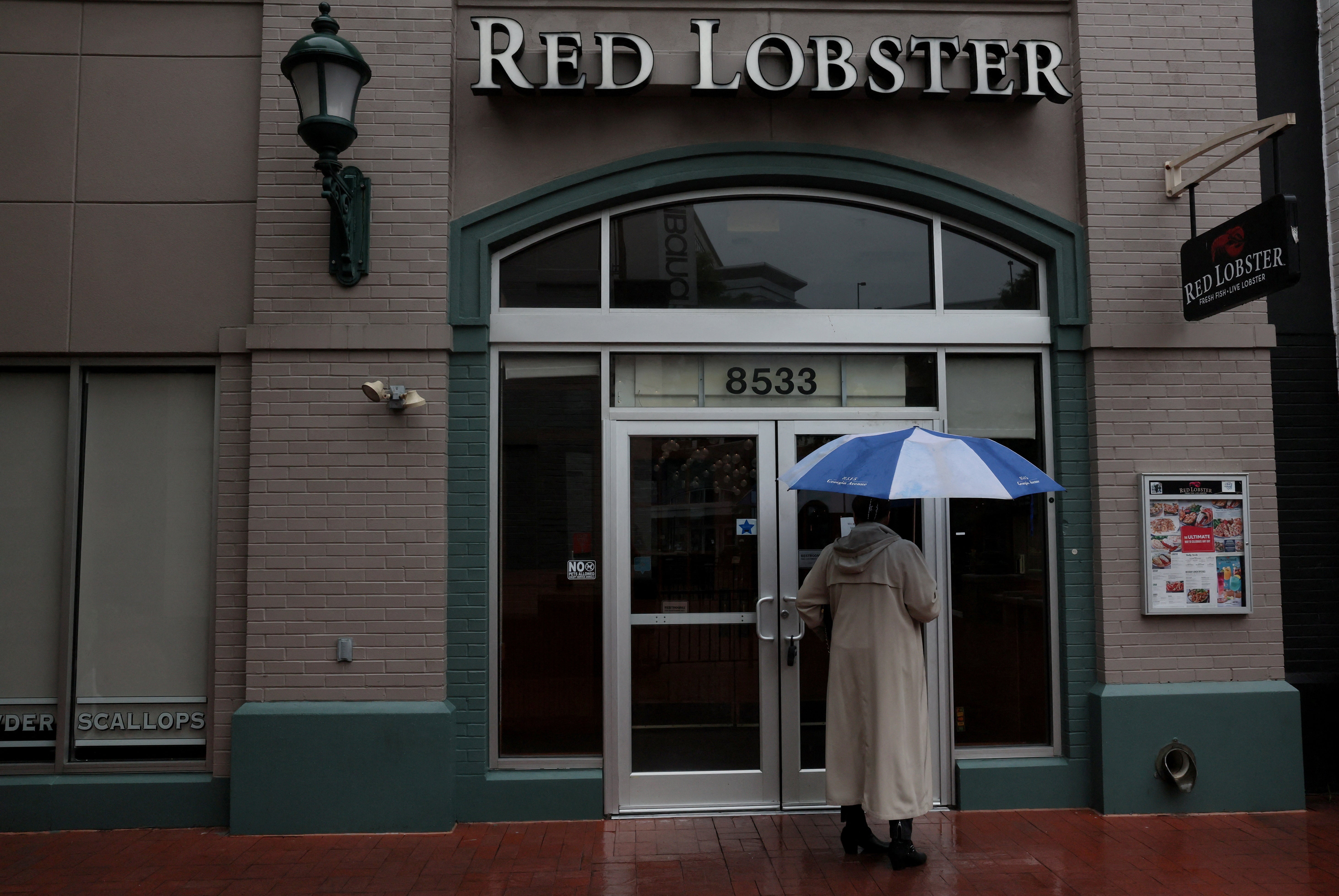
Red Lobster
The seafood restaurant known for its biscuits and shrimp deals announced earlier this year that it would close nearly 50 restaurants across the country while it restructures under a Chapter 11 bankruptcy.
The company’s fatal flaw was making it’s endless shrimp deal a permanent fixture rather than a limited-time event. The $20 price tag for the dining experience couldn’t cover the cost of the shrimp that customers were eating.
Despite their troubles, one longtime fan has vowed not to let his endless shrimp go quietly into the night; Public Enemy rapper Flavor Flav reportedly bought an entire store’s worth of menu items in an effort to save the struggling seafood stalwart.
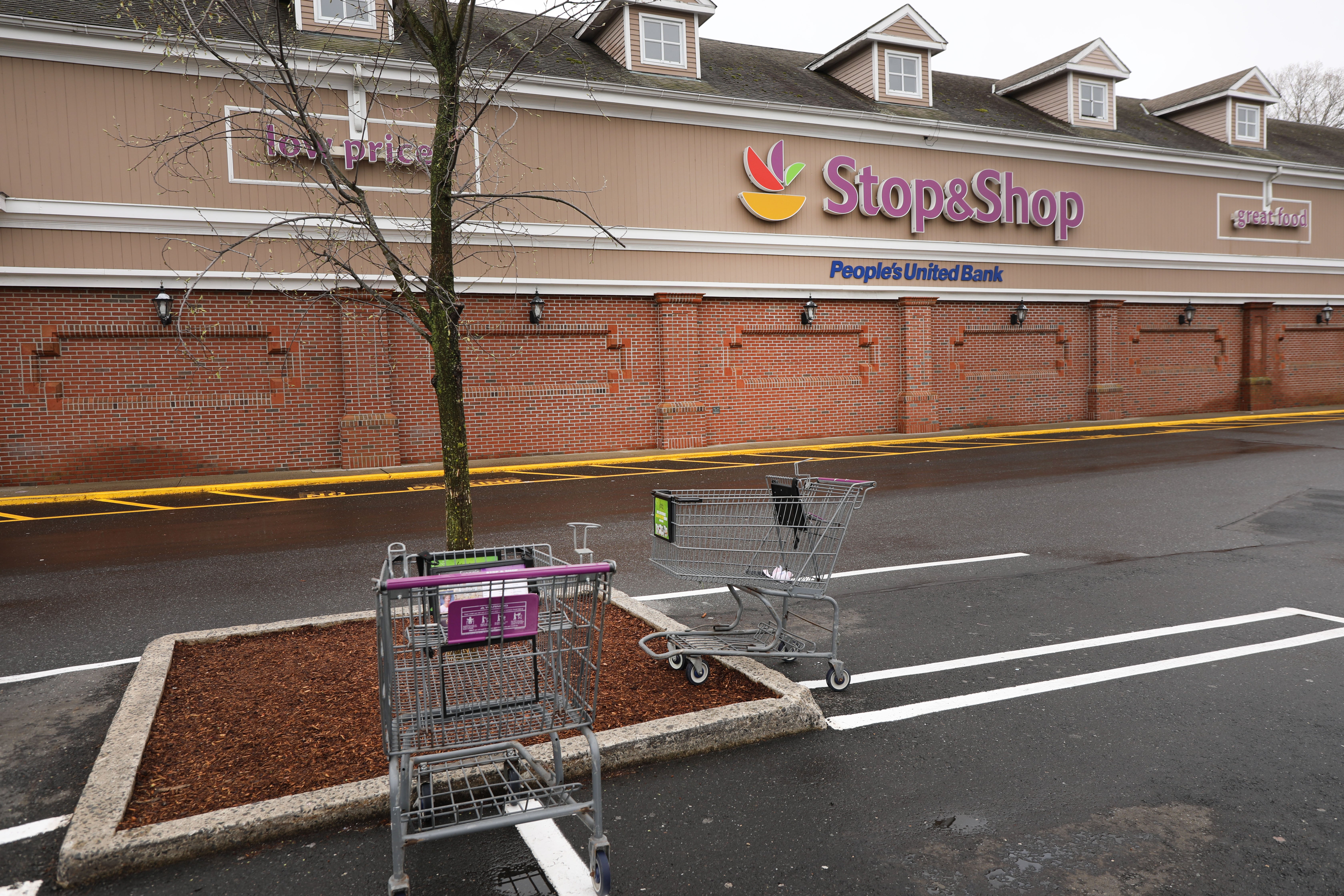
Stop & Shop
The iconic New England grocery chain has been around for more than a century and operates more than 400 stores in the northeast.
The company announced earlier this year that it planned to close an at-present unknown number of “underperforming” store locations.
In a statement released by the company, the grocer said the closures were necessary to “ensure the long-term health and future growth for our business,” WCVB reports.

Applebee’s
The neighborhood home to the dollarita and late-night half-off appetizers announced in May that it would close between 25-35 stores this year.
Tony Moralejo, Applebee’s president, offered a positive spin on the closures during a fourth-quarter earnings call on February 29, saying the company’s new development strategy made him “feel confident in our ability to continue to open up new restaurants and scale the footprint of our brands over time.”
Applebees had to shutter 100 stores in 2017, but even with the shutdowns, the brand still operates more than 1,500 locations across the US, according to TODAY.

The Body Shop
The UK beauty and cosmetics retailer closed all of its US locations after it filed bankruptcy on 1 March, according to NBC News.
As of December 2023, The Body Shop operated 61 stores in the US.
While the retailer is ending its US offerings, the Canadian iteration of The Body Shop announced it would attempt to find a way to restructure and continue operating.

CVS
The pharmacy chain actually began to phase out its stores in 2022 in an effort to consolidate and cut costs. In 2021, CVS announced it would close approximately 300 stores each year through the end of 2024.
“The company has been evaluating changes in population, consumer buying patterns and future health needs to ensure it has the right kinds of stores in the right locations for consumers and for the business. As part of this initiative, CVS Health will reduce store density in certain locations and close approximately 300 stores a year for the next three years,” the company wrote in 2021.

Macy’s
In February, Macy’s announced that it was reworking its locations to be smaller and more luxurious. But it also announced that to realize that plan, it would have to close more than 100 stores.
The retailer said the closures would begin in 2024, with 50 “underperforming” stores closing by the end of the year. Over the next few years, another 100 Macy’s stores are expected to close, according to Retail Dive.
Despite the closures, Macy’s also announced it would open 30 smaller shops over the next two years, and noted that the shops would not be connected to malls.
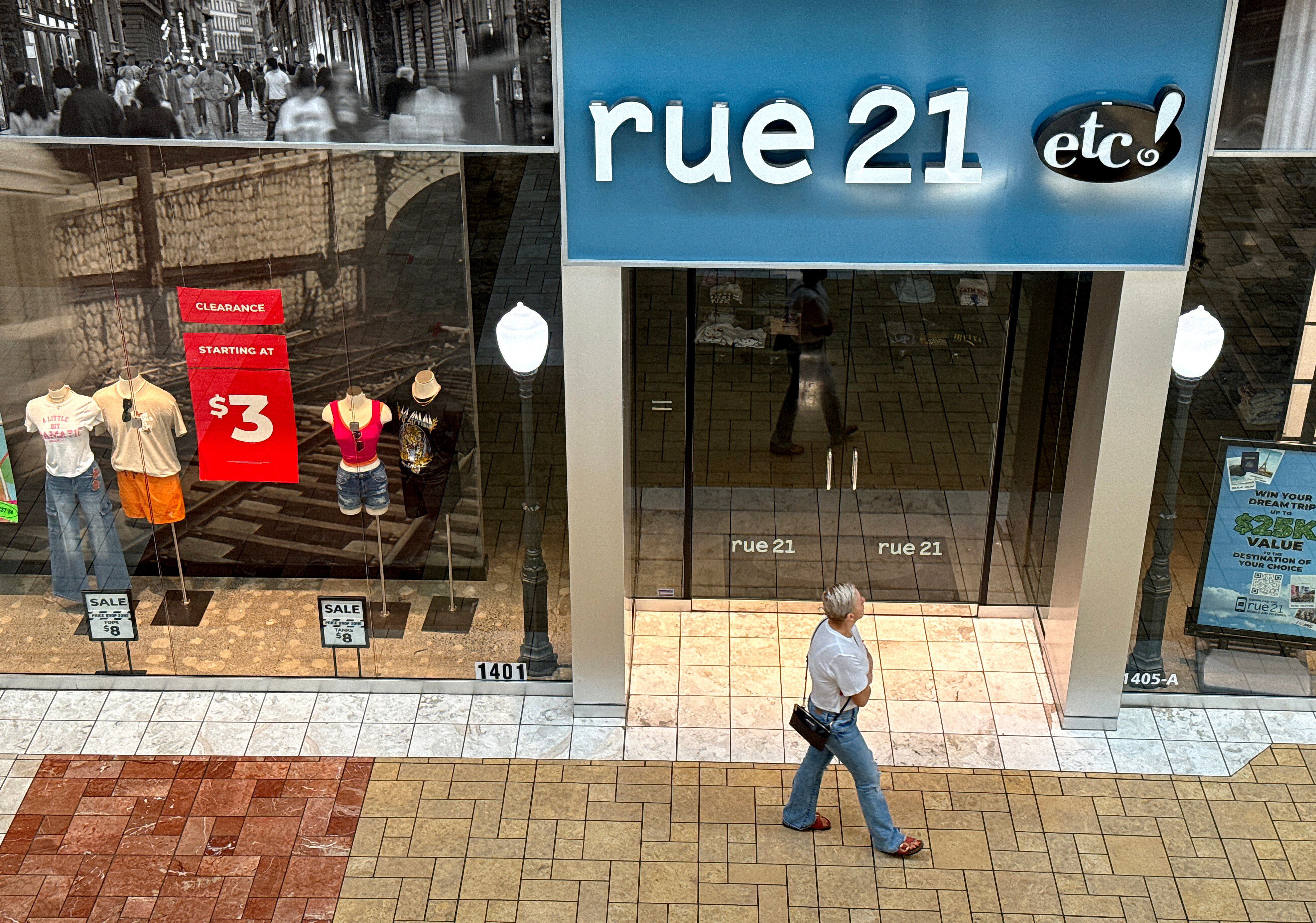
Rue21
Last month, Rue21 filed for Chapter 11 bankruptcy, marking its third bankruptcy filing in a little more than two decades, and was closing all of its locations.
The clothing retailer announced it would close all of its 540-plus stores, according to a court filing. After its second bankruptcy seven years ago, the company closed 420 of its stores before reopening.
Rue21 said in court documents announcing the bankruptcy that the company had “recently suffered operational losses stemming from, among other things, underperforming retail locations, the continued growth of online shopping and industry competition, inflation and macroeconomic headwinds, and difficulties raising capital in an amount sufficient to meet their liquidity needs and fund operations.”

